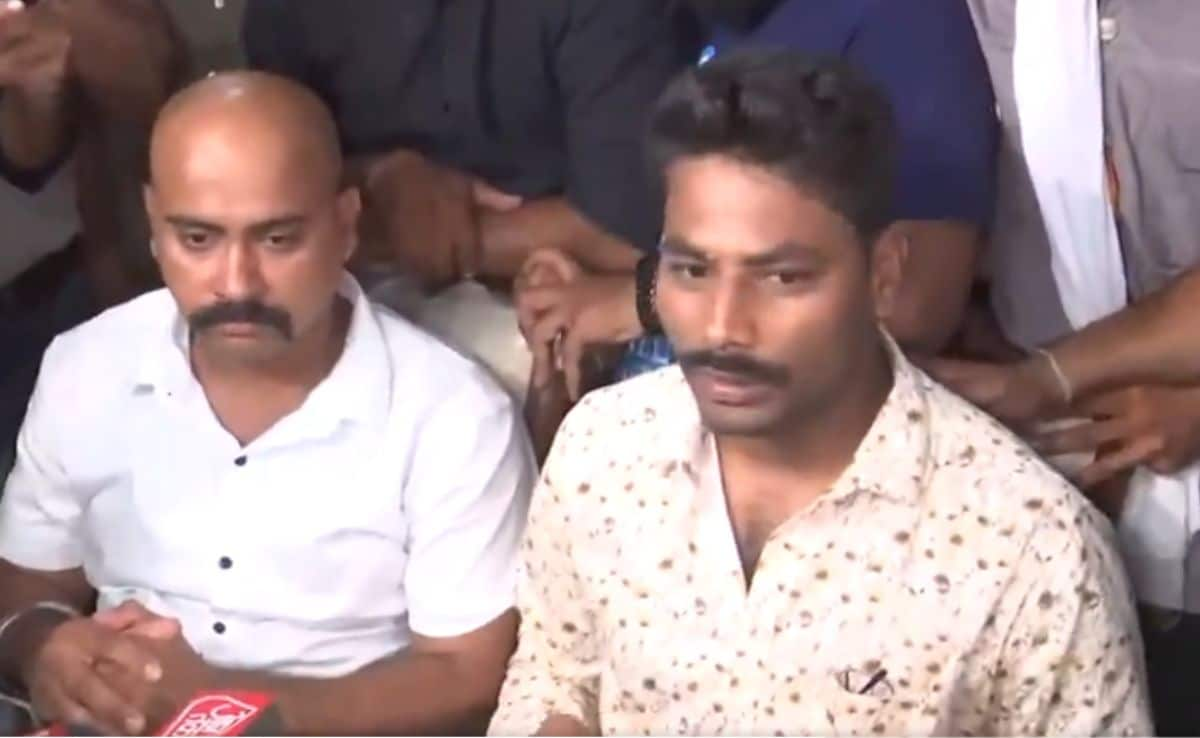A senior commercial pilot who has flown the same Air India Boeing 787-8 Dreamliner that crashed in Gujarat’s Ahmedabad on Thursday spoke to NDTV for the first time in an exclusive interview on what may have gone wrong with the aircraft.
Captain Rakesh Rai, who flew Boeing 787 aircraft for the Tata-owned airline as recently as last year, shared first-hand insights on the Dreamliner’s characteristics, his experience of flying this aircraft model, and his views on what may have led the Dreamliner to crash in Ahmedabad, in one of the deadliest aviation accidents in India.
He also recalled his friend, Captain Sumeet Sabharwal, who died in the Ahmedabad crash.
“Sumeet Sabharwal was a very good friend. I have flown with him many times. Very nice person, very soft-spoken, very down-to-Earth person. Losing a close friend, losing a beautiful machine, and of course, losing so many passengers is very heartbreaking,” Mr Rai said.
Mr Rai pointed out that the biggest indication that something had gone wrong came from the position of the Dreamliner’s undercarriage, which had not been retracted even after take-off. He said the airport CCTV footage showed the take-off was “a very normal take-off”.
“His [pilot’s] rate of rotation and the way he has climbed up is very normal. But something has gone wrong towards maybe an altitude of 400 to 500 feet. And the momentum has taken the aircraft to about 600 feet. At this point, the most surprising aspect of this take-off is that the undercarriage has not been retracted,” Mr Rai told NDTV.

“What happens in a normal take-off is that the moment you start rotating the aircraft for take-off and the aircraft has left the ground, the instruments indicate a positive rate of climb. So, the co-pilot or the pilot monitoring gives a call, ‘positive rate’. The pilot flying cross-checks that there has been a positive rate and he gives a call, ‘gear up’ for the landing gear to be retracted,” he said, adding the retraction is necessary for proper climb performance of the aircraft, and all this happens within a height of 50 to 100 feet.
“Rotation” generally means raising the nose of the aircraft during take-off, while “positive rate of climb” refers to the aircraft gaining altitude.
“But here, what you see is the undercarriage has not been retracted at all. So that raises a lot of questions as to what could be the reason behind the undercarriage not being retracted. We can only speculate. The actual reason behind that will come out only in the DFDR,” the veteran pilot told NDTV, referring to the digital flight data recorder (DFDR), commonly known as black box.

Scenarios
According to Mr Rai, several scenarios could have happened. One could be that a bird hit has taken place and both pilots have been taken aback, and in the process they have forgotten to raise the undercarriage. However, this [bird hit] has been ruled out by many aviation experts.
Another scenario Mr Rai explained was the possibility of a sudden loss of power, which may have distracted both the pilots, and in the process the undercarriage remained in landing position.
“And the third, very unlikely scenario, is that when the captain says ‘gear up’, the first officer or the co-pilot, instead of raising the gear, retracts the flaps. The retraction of flaps will result in immediate loss of lift. And with the gear down, the thrust will not be able to cope up with the drag being created,” Mr Rai told NDTV. “The aircraft will not be able to climb.”
Mr Rai said only the investigation will be able to tell for certain what really happened. On whether there are safety features that can prevent an incident in which flap retraction or deployment happens at the wrong time, the pilot told NDTV the flight protection that is available is only for cruising at high speed to avoid inadvertent deployment of flaps.
“But for retraction of flaps, there is no such thing. There are only gates… So the movement [of the flap lever] has to be a deliberate movement to cross that gate and go to flaps 1, from say flaps 5. That is the only protection provided,” Mr Rai said.
He said it is impossible to figure out the position of the flaps from the grainy footage of the aircraft before it crashed.

Engine Failure?
Another possibility is that one of the engines failed, and instead of shutting down that engine, the live engine was shut down, the veteran pilot told NDTV. Or in a very rare case, both engines had failed, which was unlikely.
“In the first scenario we talked about flaps being retracted inadvertently. If the aircraft had sufficient height, maybe a 1,000 feet, the flaps can again be selected and the situation recovered… But the pilots had precisely about 25 seconds.
“Half-a-minute is very less time to react. And that also, one has to keep in mind, it will take about three to four seconds for the pilot to understand what has happened. So that time also you need to reduce from that 25 seconds. It becomes just about 20 seconds. It is extremely difficult to react and recover in 20 seconds in such a situation, one has to understand this. The speed was 170 knots, that’s 320 kmph…
“It [mayday call] could have been at the time when the pilot realised whatever wrong happened, has happened. When the aircraft was unable to gain height and it started going down, that is the time the call must have been given… You can see the attitude of the aeroplane increasing because it’s a natural instinct when the ground is rushing towards you, to pull away from it,” Mr Rai said.

Training In Simulators
The veteran pilot explained about intense training in simulators for situation like these
“In the simulator, at least twice a year, all of us are given emergencies. And the simulator is like a real-life thing, called a zero-hour simulator. It means if you can fly this simulator, you can straight sit in the aeroplane and fly it. It is that realistic. We are made to practise different kinds of emergencies,” he said.
To a question by NDTV on the standard operating procedure for a situation like the one the Dreamliner in Ahmedabad faced, Mr Rao said, “Like I told you, the gear-down is the biggest thing in this whole crash. The gear was down and that has most likely created most of the problem. In the simulator, the standard operating procedure is positive rate [of climb] and gear up. It is only after that everything is thrown at us. We are given all kinds of emergencies – engine fire, engine failure, engine severe damage, and we take action accordingly. But training on two engines failing at the same time, I don’t think it’s being done because that possibility is one in millions.”




